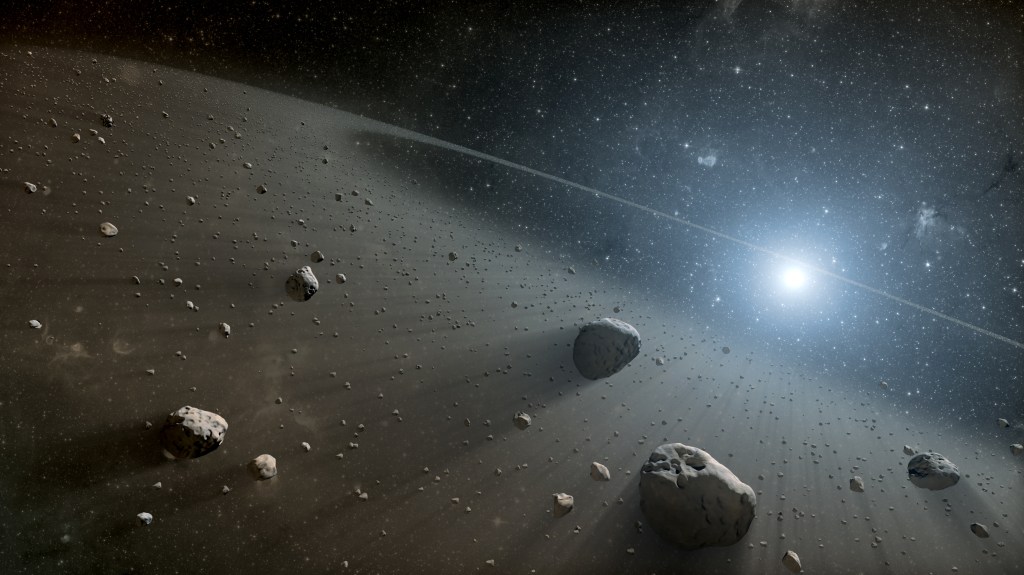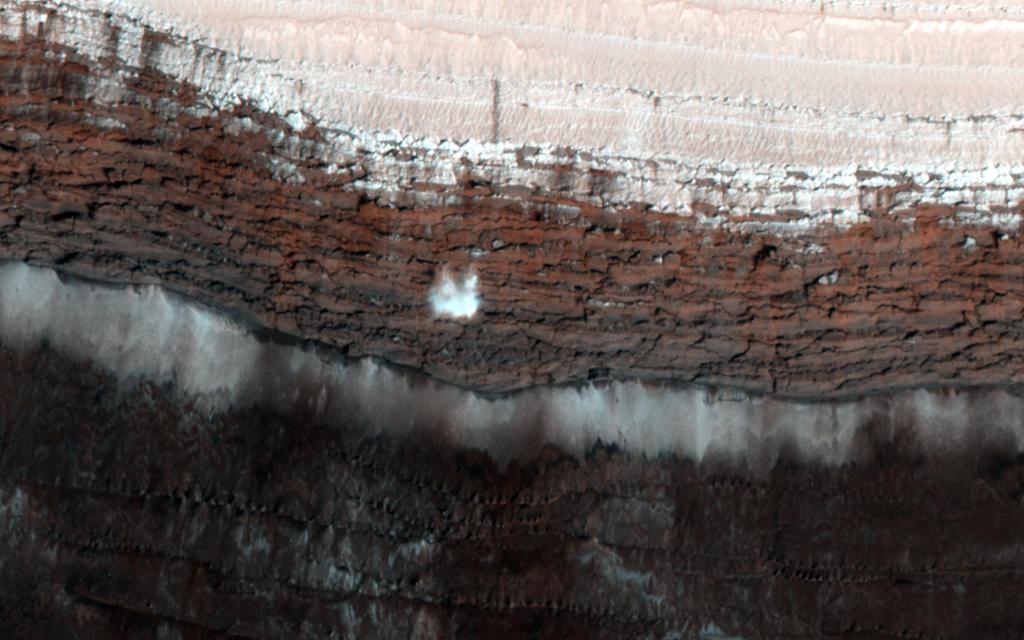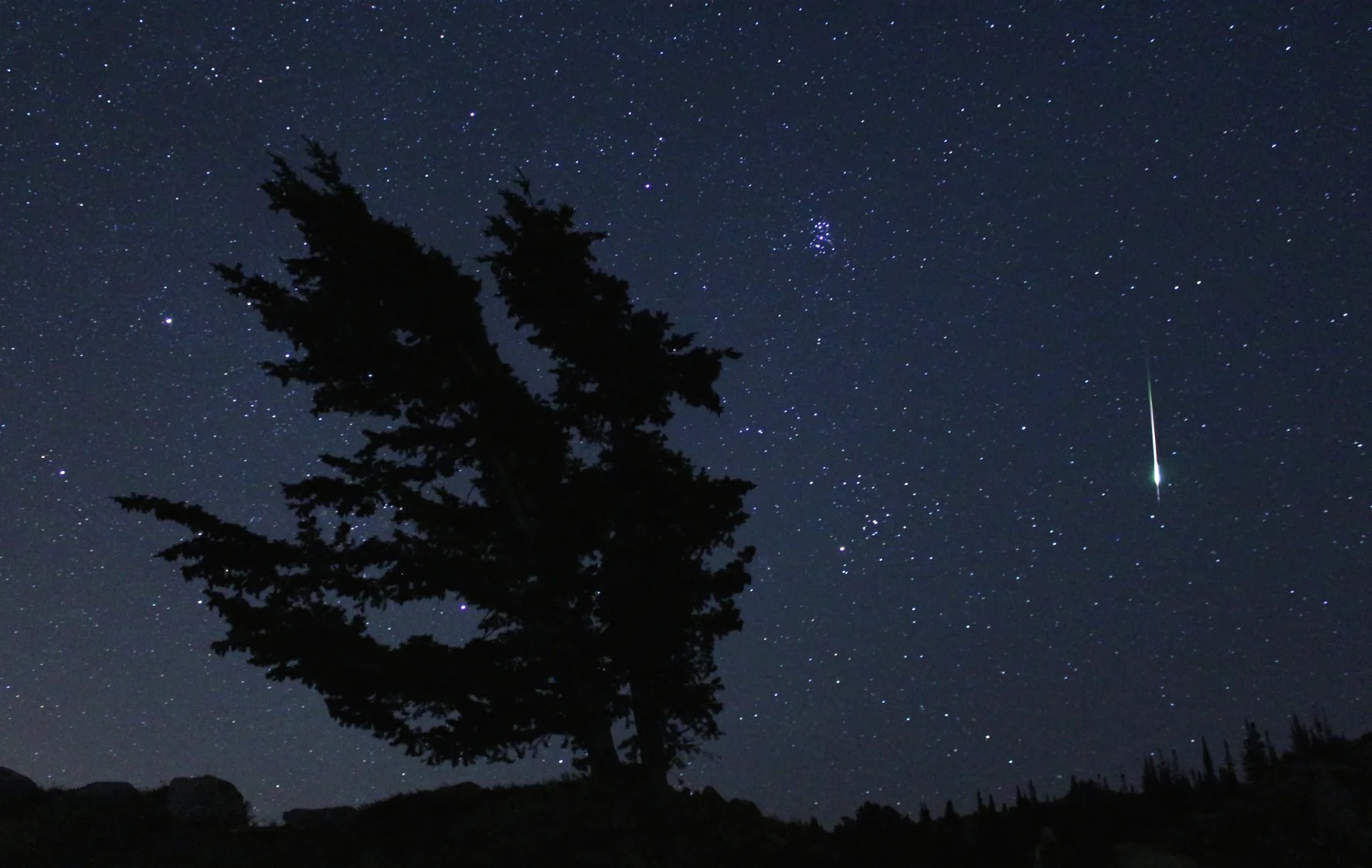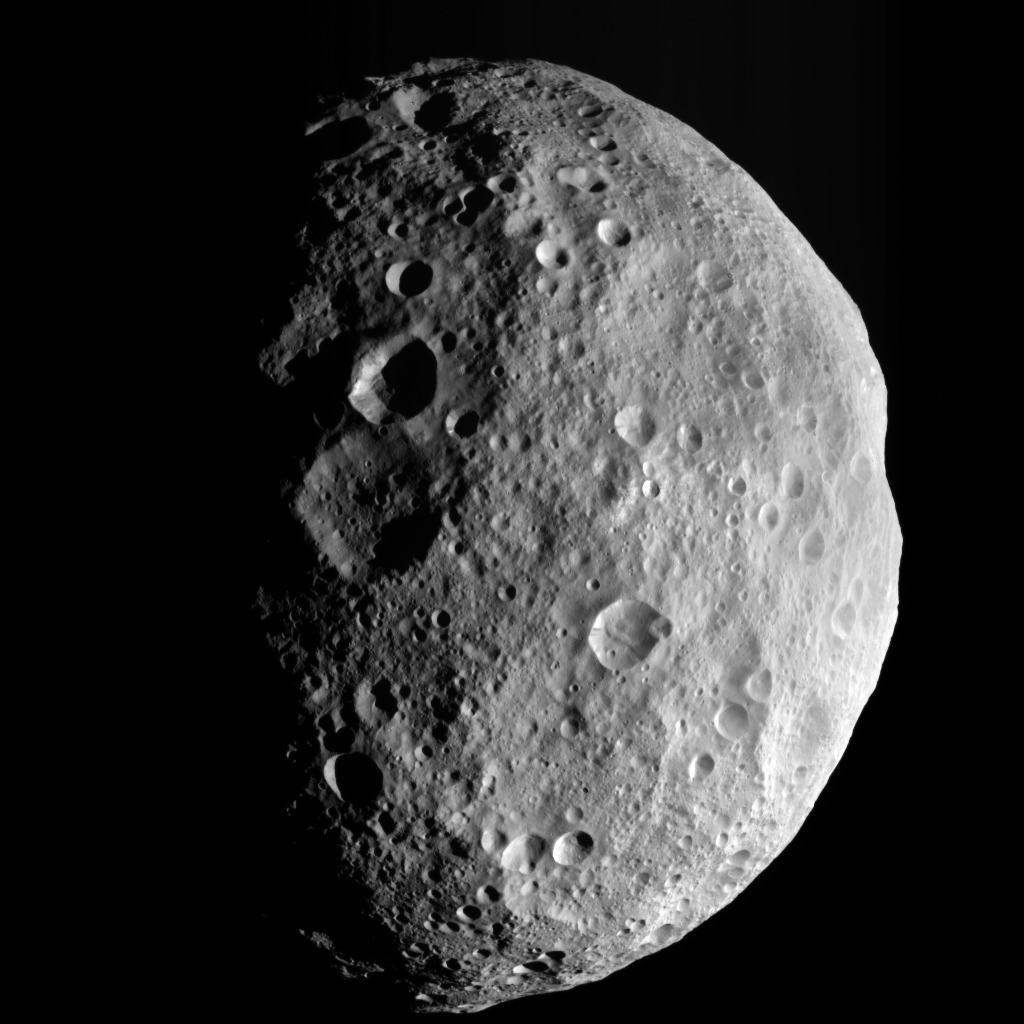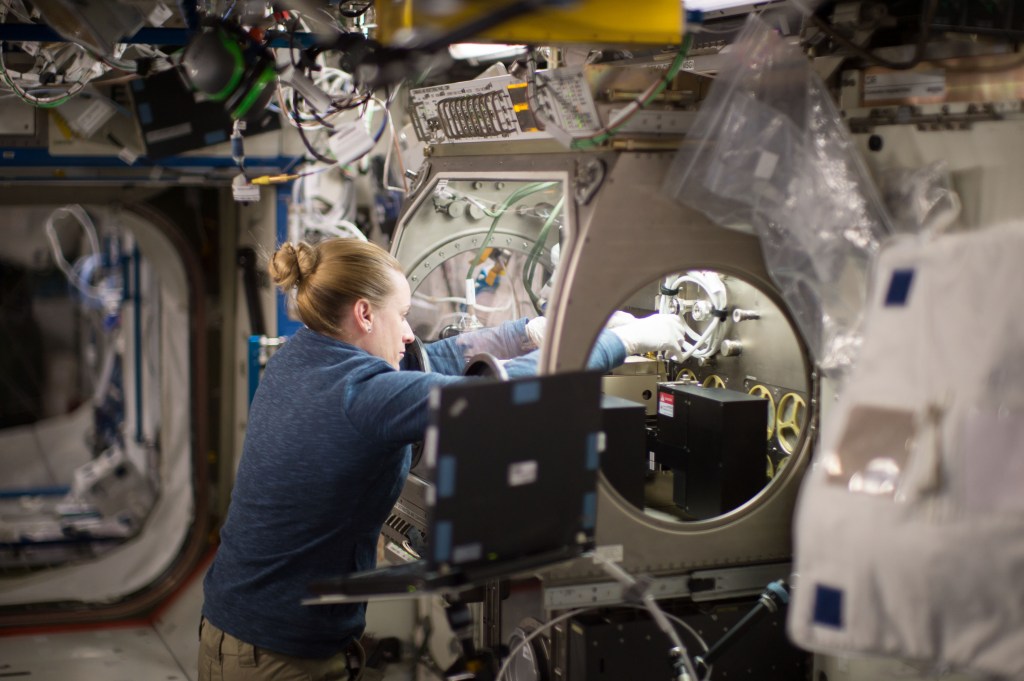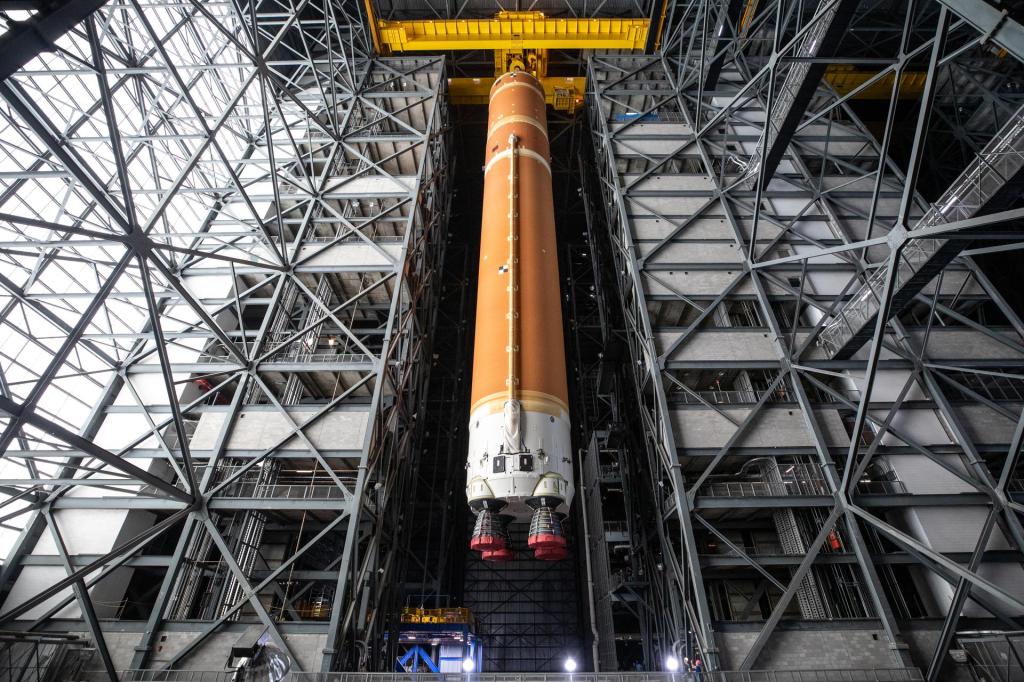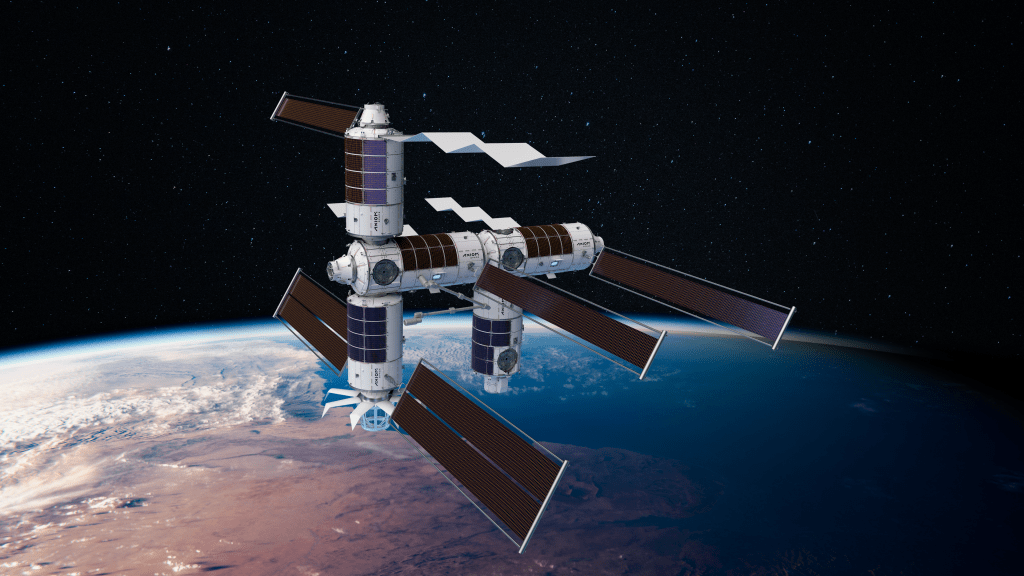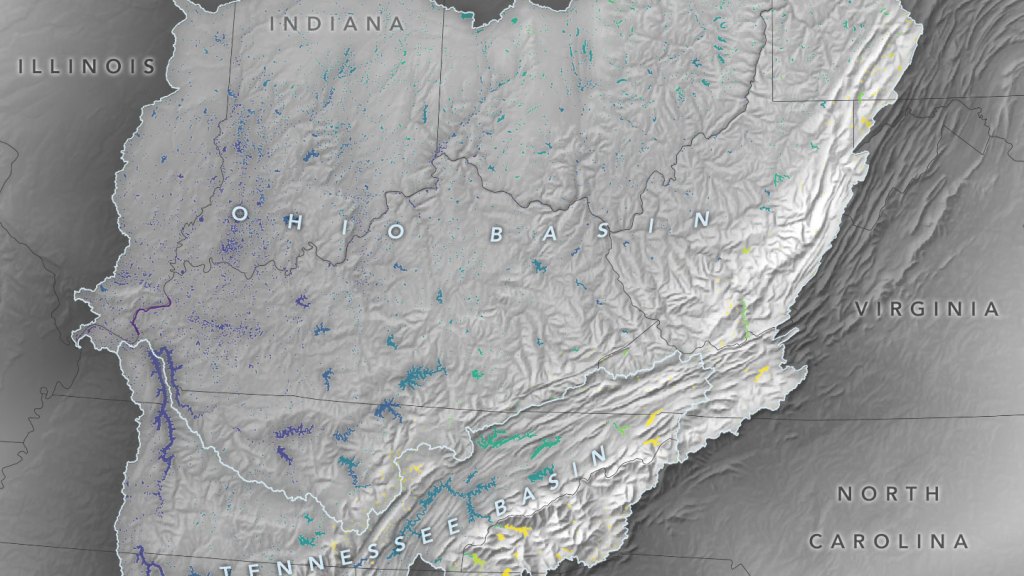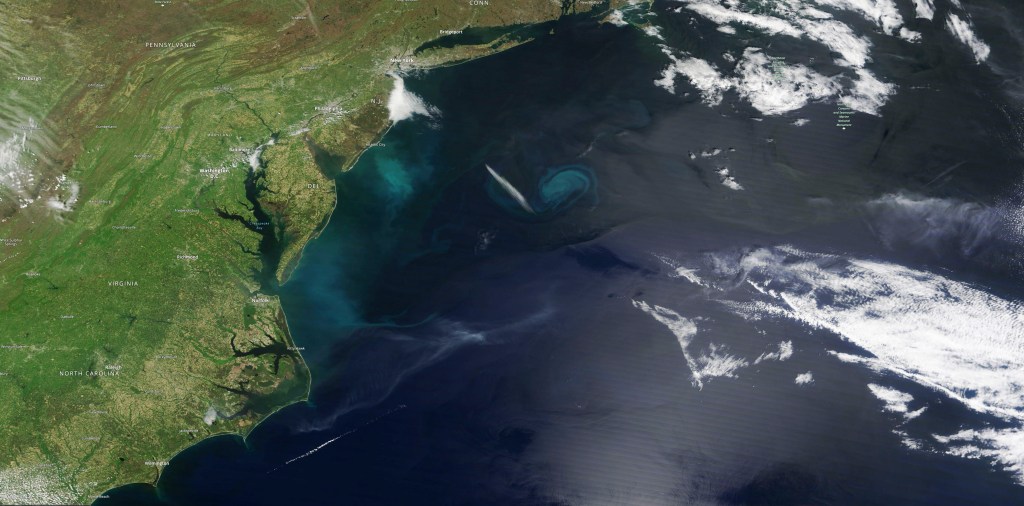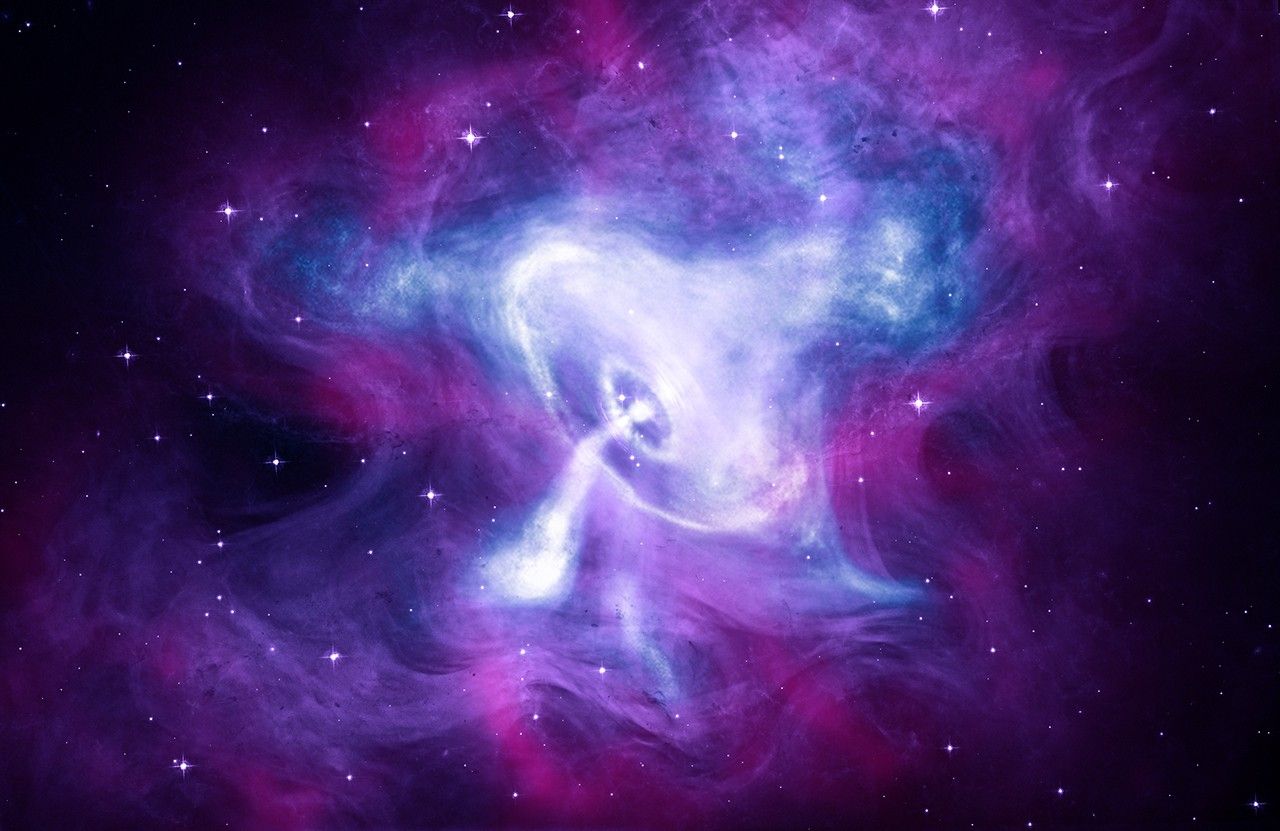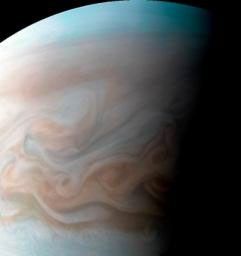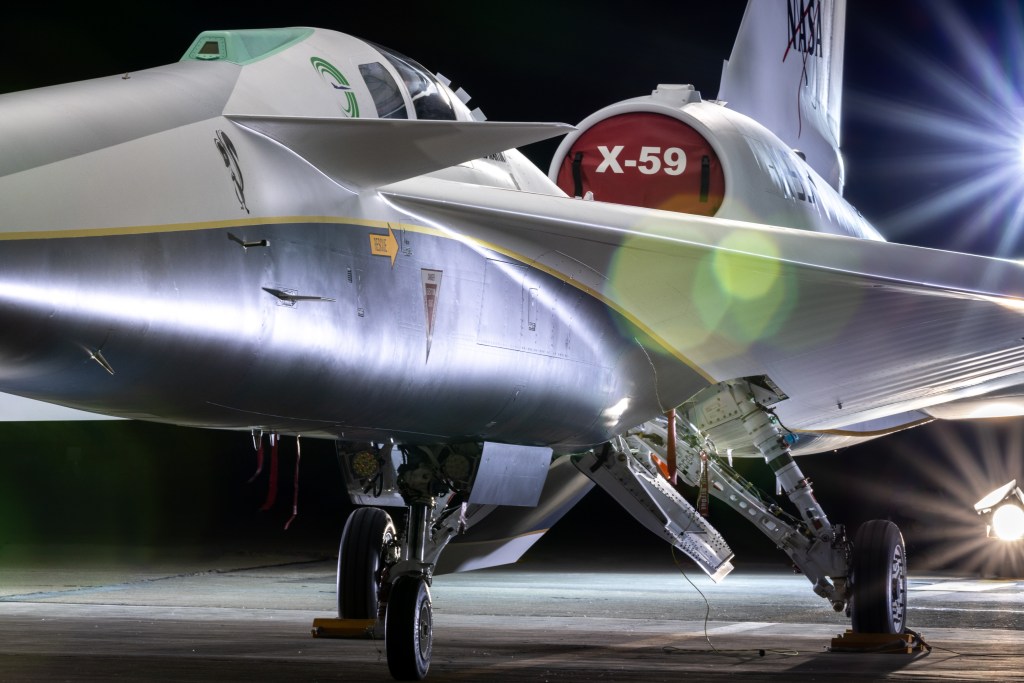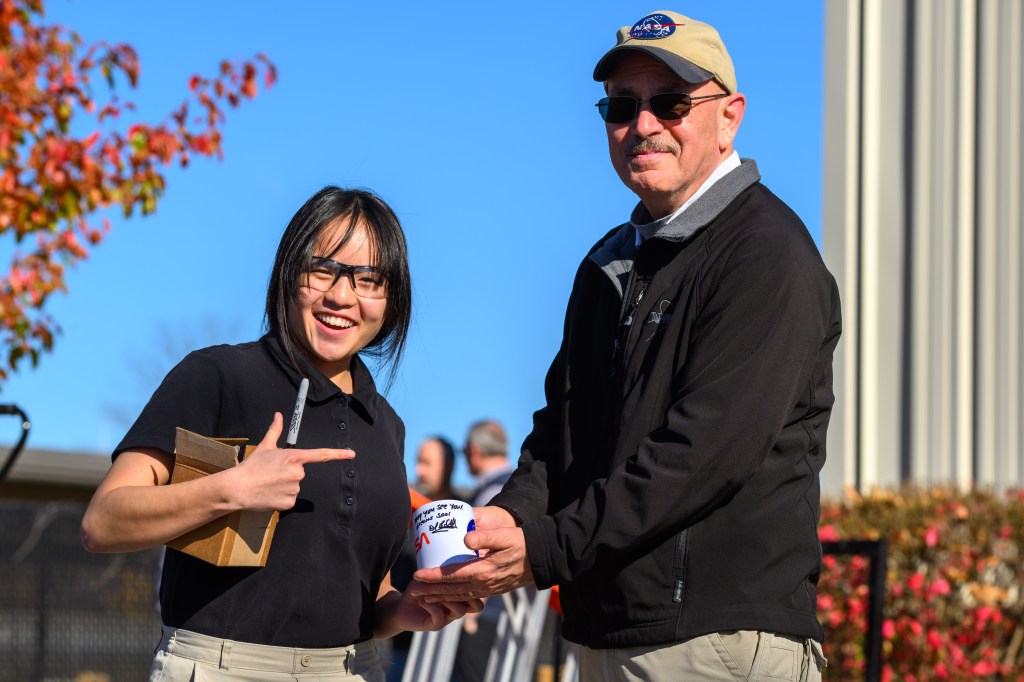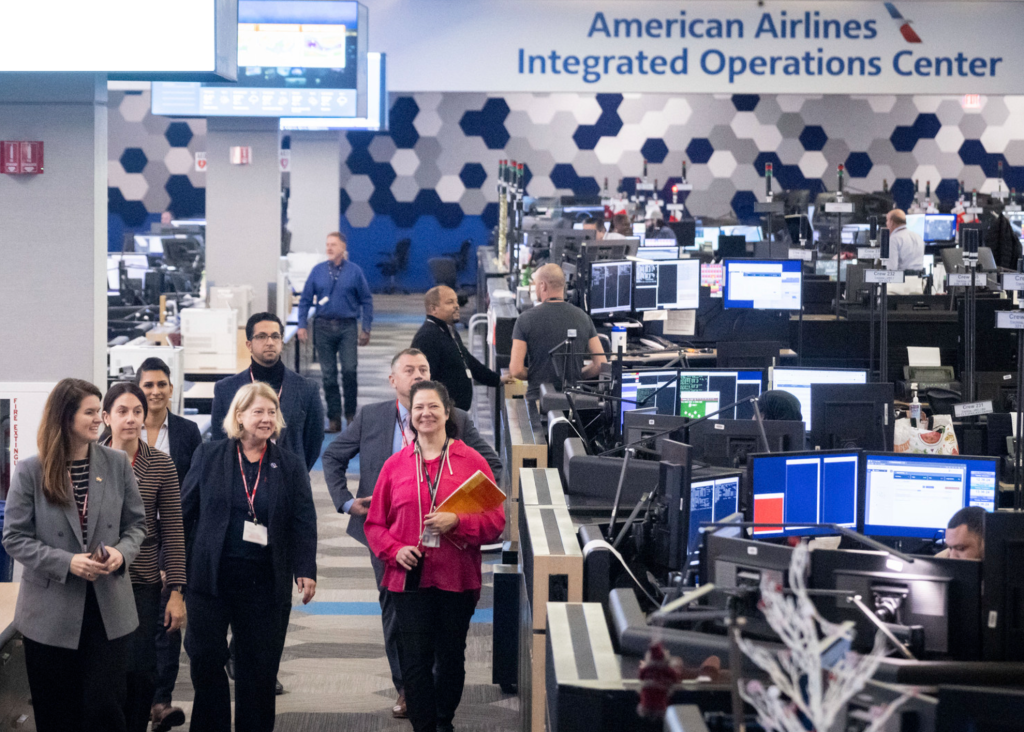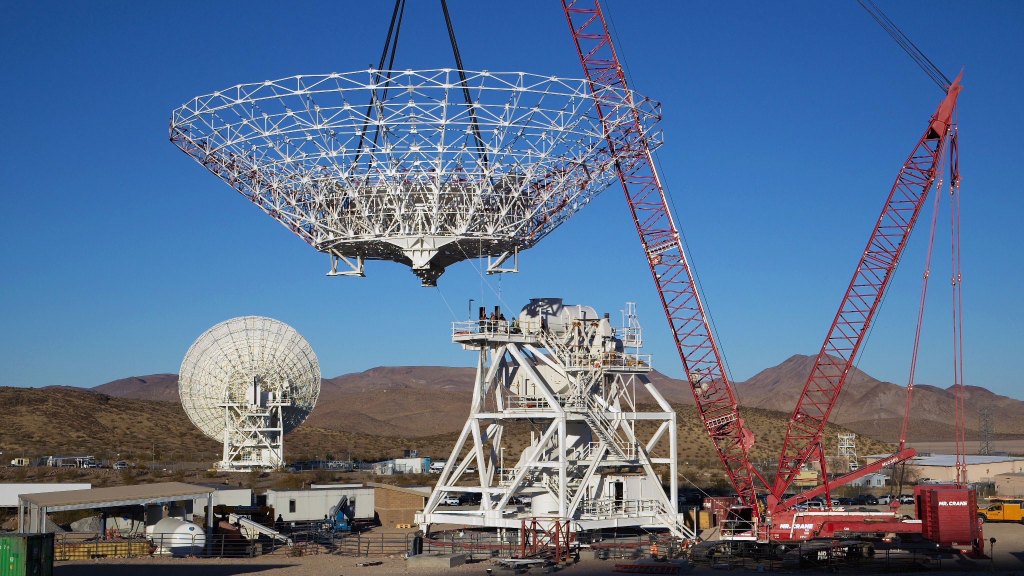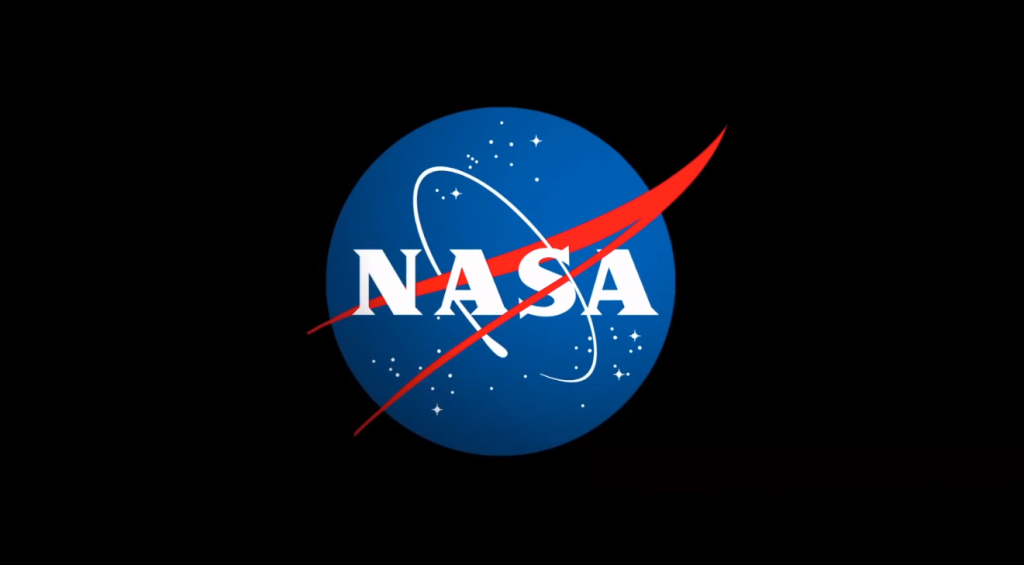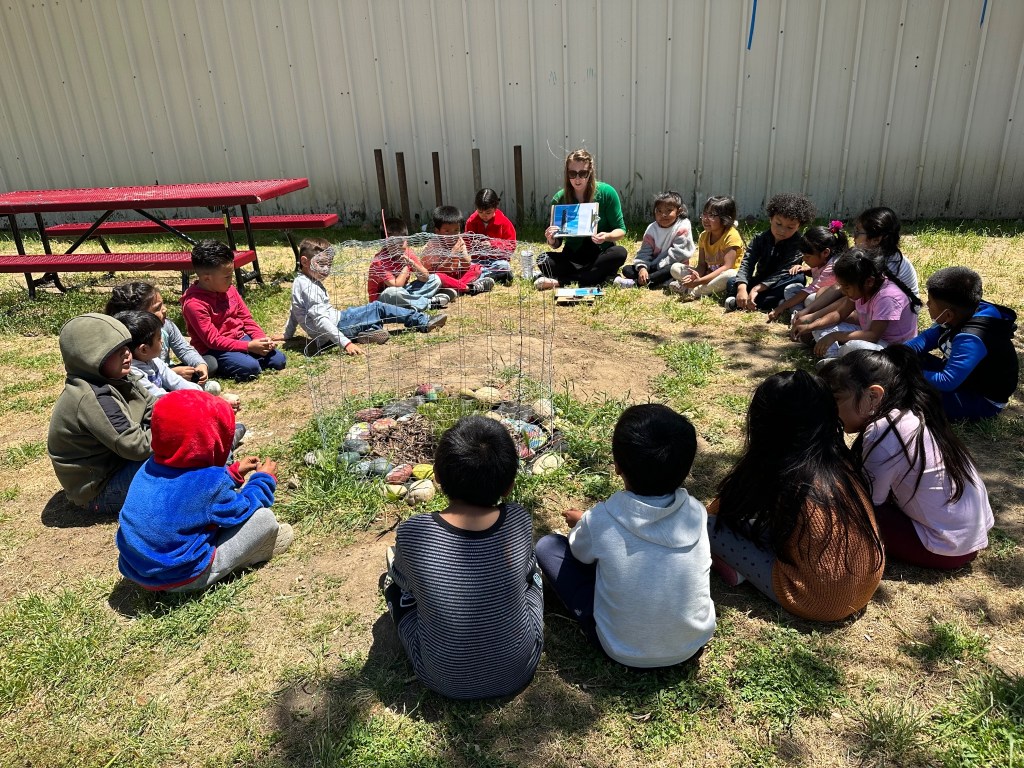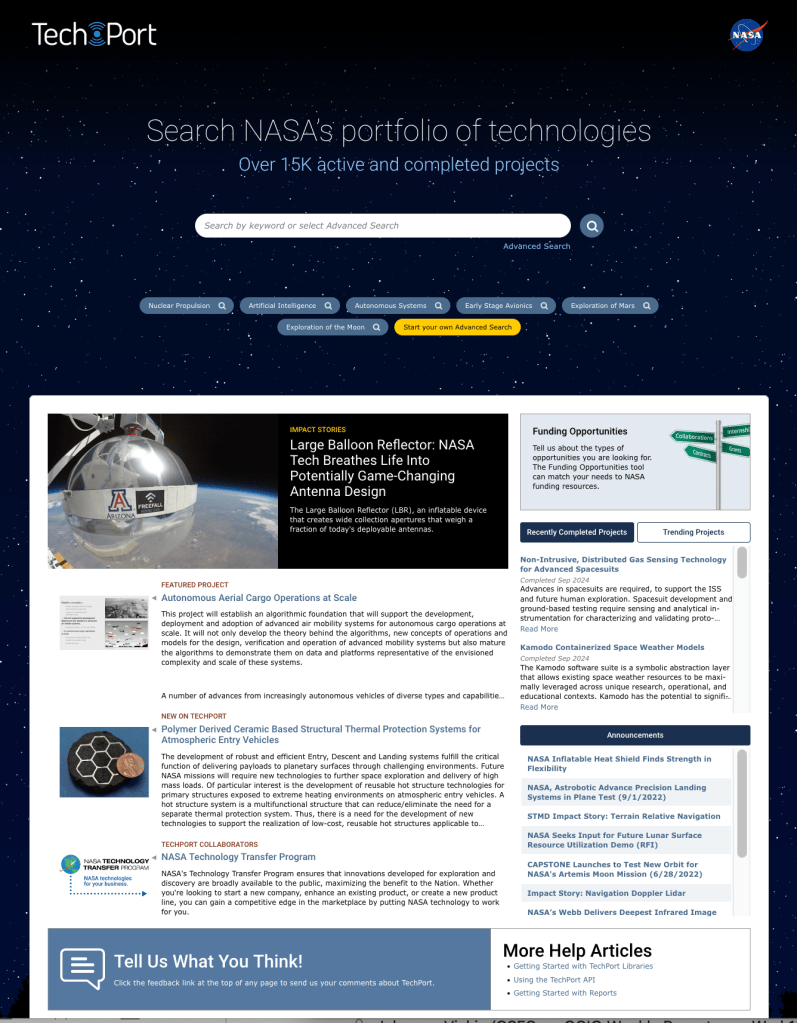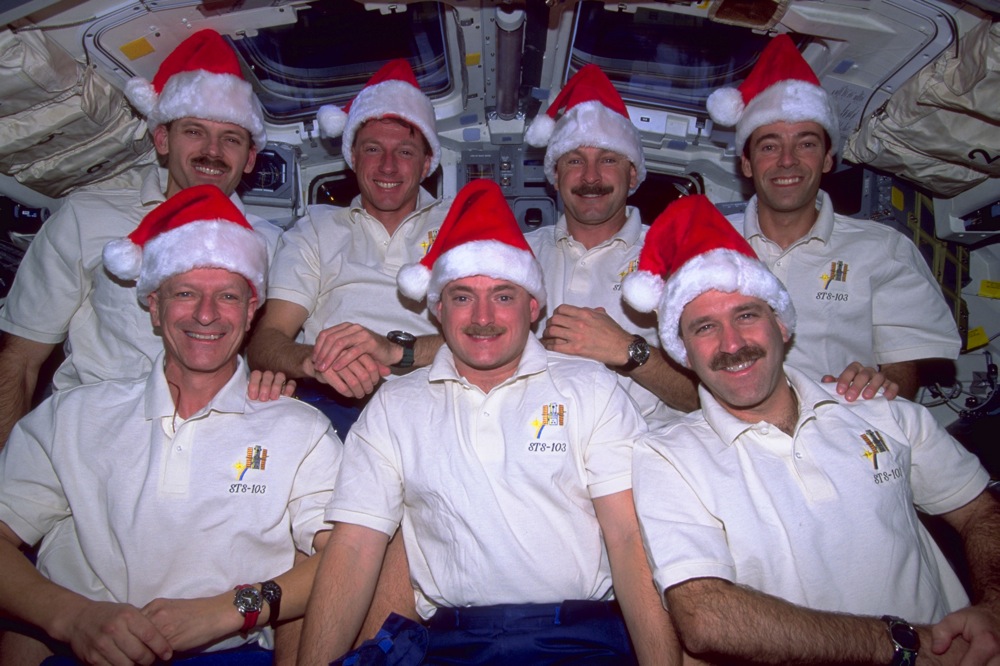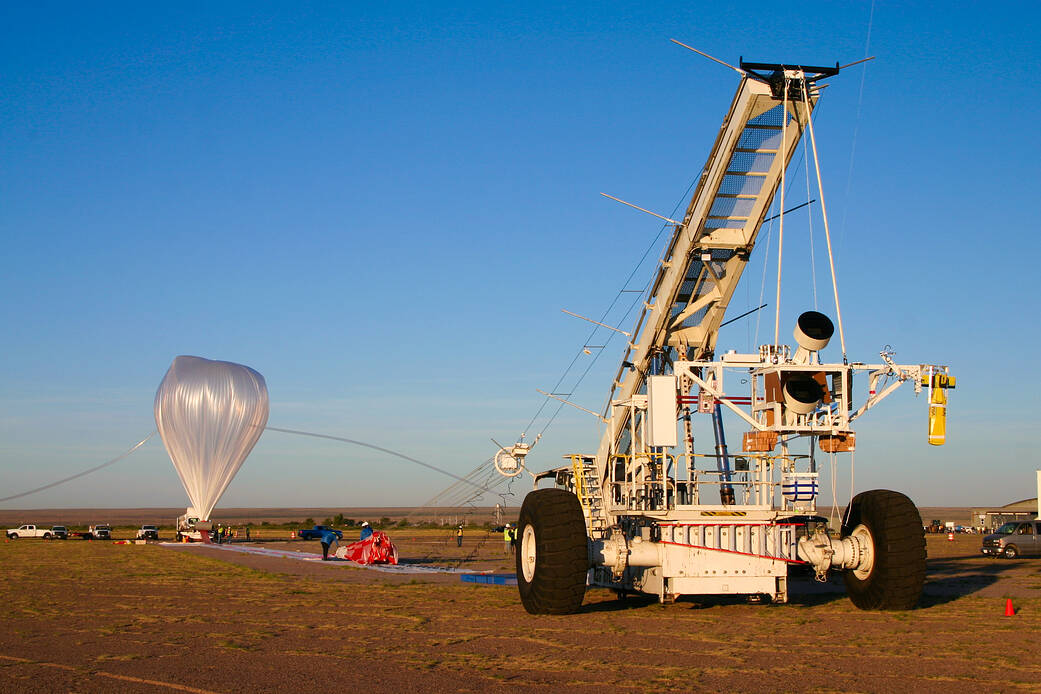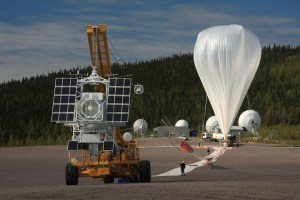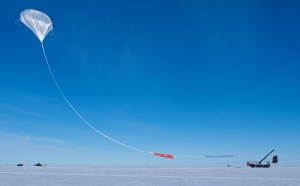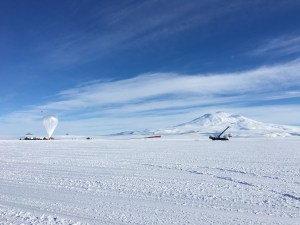NASA’s Scientific Balloon Program has kicked off its annual fall balloon campaign at the agency’s balloon launch facility in Fort Sumner, New Mexico. Eight balloon flights carrying scientific experiments and technology demonstrations are scheduled to launch from mid-August through mid-October.
Sept. 24, 2024: The DR-TES (mini-Dilution Refrigerator and a Transition Edge Sensor) balloon mission lifted off at 10:44 a.m. EDT (8:44 a.m. MDT) Tuesday, Sept. 24, as the seventh and final mission to take flight in the fall balloon campaign. DR-TES reached a float altitude of around 131,000 feet and flew for a total of 9 hours and 52 minutes. The balloon and payload are safely on the ground and recovery efforts are underway.
Due to launch delays, the THAI-Spice (Testbed for High-Acuity Imaging – Stable Photometry and Image-motion Compensation Experiment) mission will not fly during the campaign. Flight operations have concluded for the 2024 Fort Sumner fall campaign. Recovery efforts will be ongoing.
Sept. 23, 2024: The TIM Test Flight (Terahertz Intensity Mapper) launched at 9:27 a.m. EDT (7:27 a.m. MDT) Monday, Sept. 23 in calm conditions. The balloon and payload reached a float altitude of 120,000 feet and flew for a total of 8 hours and 6 minutes. The test flight reported a healthy balloon and flight systems, and multiple systems were exercised during the mission. Recovery efforts are underway.
Sept. 4, 2024: The HASP 1.0 (High-Altitude Student Platform 1) successfully launched at 7:54 a.m. MDT (9:54 a.m. EDT) Wednesday, Sept. 4 and reached a float altitude of nearly 123,000 feet. HASP 1.0 remained in flight for a total of 11 hours, 31 minutes, 24 seconds, and exceeded the minimum flight duration. Science reports a successful flight. The balloon and payload have safely landed, and recovery efforts are underway.
Aug. 31, 2024: EXCITE (Exoplanet Climate Infrared Telescope) successfully launched at 9:22 a.m. EDT (7:22 a.m. MDT) Saturday, Aug. 31. The balloon and payload reached a float altitude of 130,000 feet. The flight was safely terminated after meeting all requirements. EXCITE was in flight for a total of 10 hours, 13 minutes, 31 seconds. The balloon and payload are safely on the ground, and recovery is underway.
Aug. 28, 2024: The HASP 2.0 (High-Altitude Student Platform 2) successfully lifted off at 9:12 a.m. EDT (7:12 a.m. MDT) Wednesday, Aug. 28 in near perfect launch conditions. The balloon and payload reached a float altitude of 124,500 feet within the predicted timeframe, indicating a healthy balloon and flight systems. All minimum flight requirements were met at the time of termination. The mission flew for a total of 6 hours, 35 minutes, 22 seconds. The recovery process is in progress.
Aug. 22, 2024: The Salter Test Flight launched at 10:49 a.m. EDT (8:49 a.m. MDT) Thursday, Aug. 22 from the agency’s balloon launch facility, marking the second successful balloon flight of the fall campaign. The balloon and payload reached a float altitude of 126,400 feet, and flew for a total of 5 hours, 30 minutes. The hardware test flight reported a healthy balloon and flight systems, and requirements were met before successful termination. Several smaller payloads, or piggyback missions, rode along to support science and technology development, including numerous student experiments. Recovery efforts are underway.
Aug. 21, 2024: The first scientific balloon of the fall campaign took flight at 9:02 a.m. EDT (7:02 a.m. MDT) Wednesday, Aug. 21, 2024, from Fort Sumner, New Mexico, with the successful launch of the TinMan (Thermalized Neutron Measurement Experiment) hand-launch mission. The balloon and payload ascended to a float altitude of 126,700 feet and exceeded all desired success criteria for the flight. The flight was successfully terminated at 2:48 p.m. EDT (12:48 p.m. MDT). Recovery is underway.
NASA’s Scientific Balloon Program has kicked off its annual fall balloon campaign at the agency’s balloon launch facility in Fort Sumner, New Mexico. Eight balloon flights carrying scientific experiments and technology demonstrations are scheduled to launch from mid-August through mid-October.
The flights will support 16 missions, including investigations in the fields of astrophysics, heliophysics, and atmospheric research.
“The annual Fort Sumner campaign is the cornerstone of the NASA Balloon Program operations,” said Andrew Hamilton, acting chief of NASA’s Balloon Program Office. “Not only are we launching a large number of missions, but these flights set the foundation for follow-on missions from our long-duration launch facilities in Antarctica, New Zealand, and Sweden. The Fort Sumner campaign is also a strong focus for our student-based payloads and is an excellent training opportunity for our up-and-coming scientists and engineers.”
Returning to the fall lineup is the EXCITE (Exoplanet Climate Infrared Telescope) mission led by Peter Nagler, principal investigator, NASA’s Goddard Space Flight Center in Greenbelt, Maryland. EXCITE features an astronomical telescope developed to study the atmospheric properties of Jupiter-type exoplanets from near space. EXCITE’s launch was delayed during the 2023 campaign due to weather conditions.
“The whole EXCITE team is looking forward to our upcoming field campaign and launch opportunity from Fort Sumner,” said Nagler. “We’re bringing a more capable instrument than we did last year and are excited to prove EXCITE from North America before we bring it to the Antarctic for our future long-duration science flight.”
Some additional missions scheduled to launch include:
- Salter Test Flight: The test flight aims to verify system design and support several smaller payloads on the flight called piggyback missions.
- HASP 1.0 (High-Altitude Student Platform): This platform supports up to 12 student payloads and assists in training the next generation of aerospace scientists and engineers. It is designed to flight test compact satellites, prototypes, and other small payloads.
- HASP 2.0 (High-Altitude Student Platform 2): This engineering test flight of the upgraded gondola and systems for the HASP program aims to double the carrying capability of student payloads.
- DR-TES (mini-Dilution Refrigerator and a Transition Edge Sensor): This flight will test a cooling system and a gamma-ray detector in a near-space environment.
- TIM Test Flight (Terahertz Intensity Mapper): This experiment will study galaxy evolution and the history of cosmic star formation.
- THAI-SPICE (Testbed for High-Acuity Imaging – Stable Photometry and Image-motion Compensation Experiment): The goal of this project is to build and demonstrate a fine-pointing system for stratospheric payloads with balloon-borne telescopes.
- TinMan (Thermalized Neutron Measurement Experiment): This hand-launch mission features a 60-pound payload designed to help better understand how thermal neutrons may affect aircraft electronics.
An additional eight piggyback missions will ride along on flights to support science and technology development. Three of these piggyback missions are technology demonstrations led by the balloon program team at NASA’s Wallops Flight Facility in Virginia. Their common goal is to enhance the capabilities of NASA balloon missions. CASBa (Comprehensive Avionics System for Balloons) aims to upgrade the flight control systems for NASA balloon missions. DINGO (Dynamics INstrumentation for GOndolas) and SPARROW-5 (Sensor Package for Attitude, Rotation, and Relative Observable Winds – Five) are technology maturation projects designed to provide new sensing capabilities to NASA balloon missions.
Zero-pressure balloons, used in this campaign, are in thermal equilibrium with their surroundings as they fly. They maintain a zero-pressure differential with ducts that allow gas to escape to prevent an increase in pressure from inside the balloons as they rise above Earth’s surface. This zero-pressure design makes the balloons very robust and well-suited for short, domestic flights, such as those in this campaign. The loss of lift gas during the day-to-night cycle affects the balloon’s altitude after repeated day-to-night cycles; however, this can be overcome by launching from the polar regions, such as Sweden or Antarctica, where the Sun does not set on the balloon in the summer.
To follow the missions in the 2024 Fort Sumner fall campaign, visit NASA’s Columbia Scientific Balloon Facility website for real-time updates of balloons’ altitudes and locations during flight.
NASA’s Wallops Flight Facility in Virginia manages the agency’s scientific balloon flight program with 10 to 15 flights each year from launch sites worldwide. Peraton, which operates NASA’s Columbia Scientific Balloon Facility (CSBF) in Palestine, Texas, provides mission planning, engineering services, and field operations for NASA’s Scientific Balloon Program. The CSBF team has launched more than 1,700 scientific balloons over some 40 years of operations. NASA’s balloons are fabricated by Aerostar. The NASA Scientific Balloon Program is funded by the Science Mission Directorate’s Astrophysics Division at NASA Headquarters in Washington.
For more information on NASA’s Scientific Balloon Program, visit: https://www.nasa.gov/scientificballoons
By Olivia Littleton
NASA’s Wallops Flight Facility, Wallops Island, Va.

